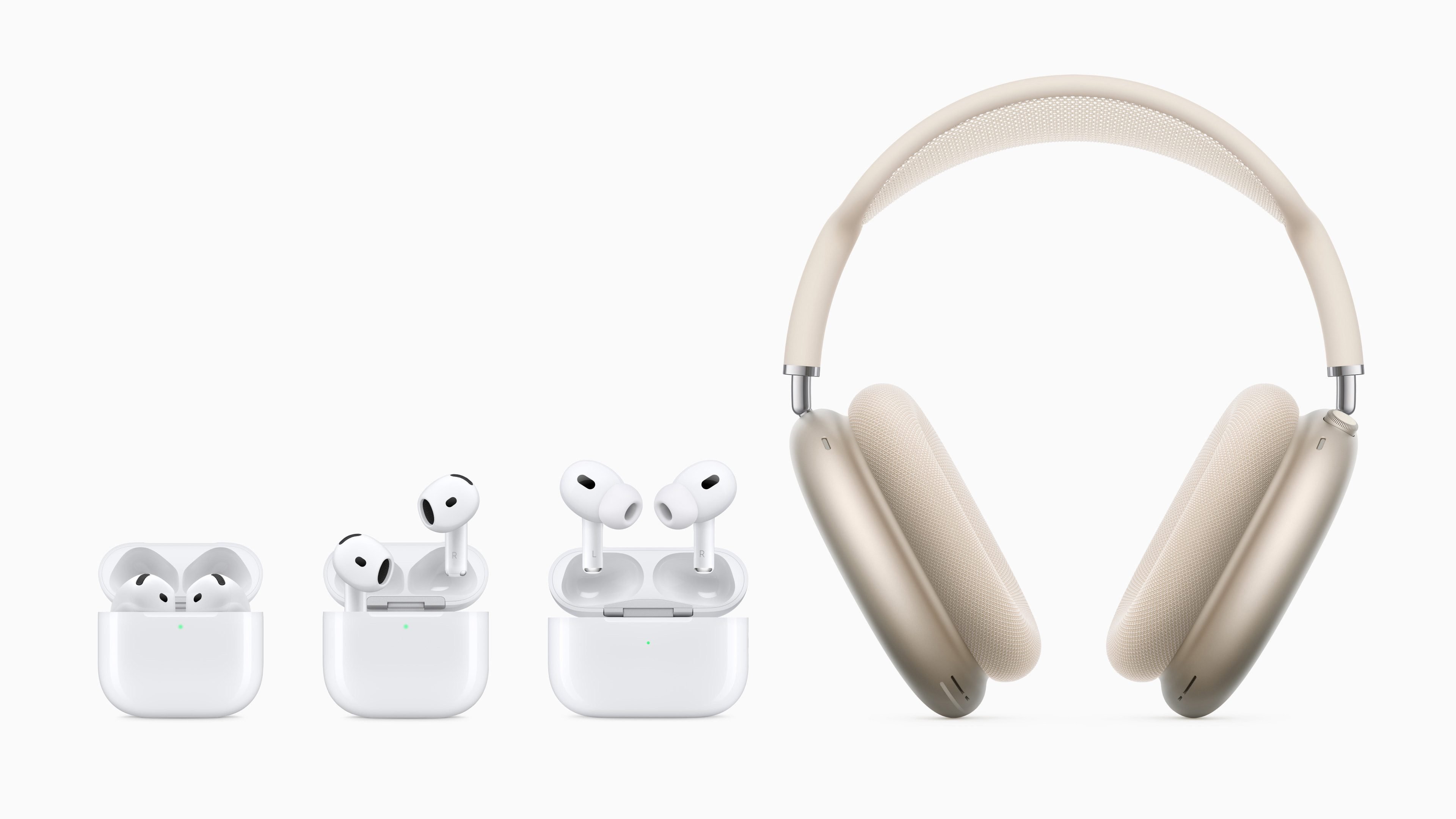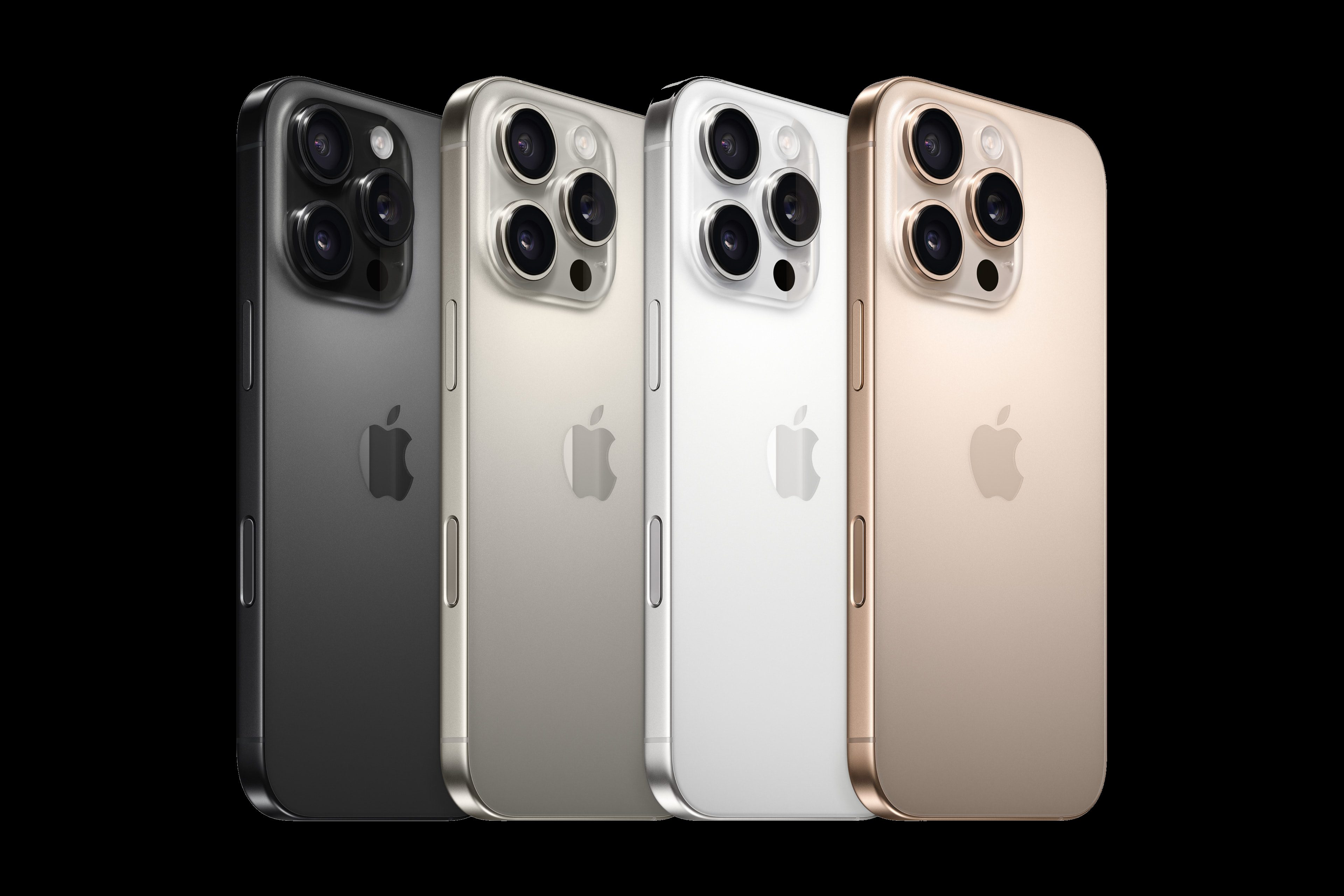
Before we dive into the details, let’s take a look at the main specifications of the four new iPhones:
| 2024 Pro Max Model | 2024 Pro Model | 2024 Plus Model | 2024 base model | |
|---|---|---|---|---|
| Product | ||||
| Picture | 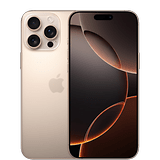 |
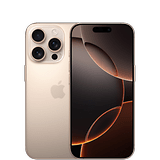 |
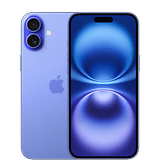 |
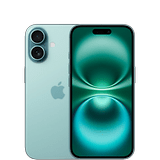 |
| Display |
|
|
|
|
| SoC | ||||
| Memory | ||||
| OS | ||||
| Camera |
|
|
|
|
| Selfie Camera |
|
|
|
|
| Battery |
|
|
|
|
| Connectivity |
|
|
|
|
| IP Certification |
|
|
|
|
| Dimensions and weight |
|
|
|
|
iPhone 16: Display and Design
The iPhone 16 marks yet another evolution of the elegant design debuted with the iPhone X. And no, the mini model is not back. The overall design is similar to the 2023 models, with a new camera module on the base models. The change to a smaller island houses the dual cameras one on top of the other, instead of the diagonal arrangement since the iPhone 13.
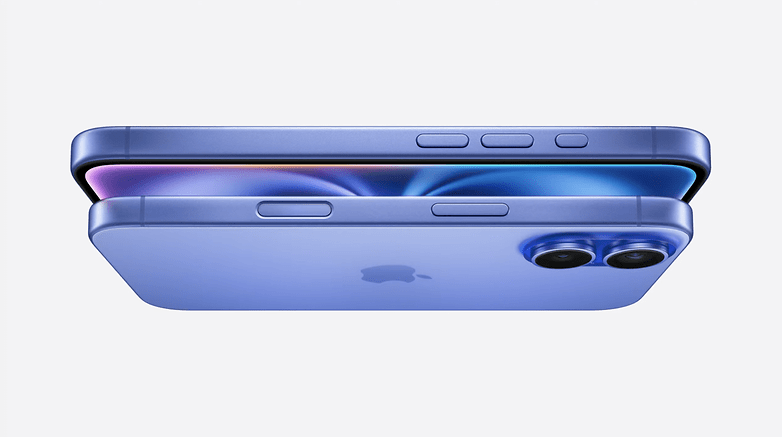
New for the base models is the Action button which debuted in the iPhone 15 Pro models, with customizable shortcuts. The capacitive Camera Control button, however, is a new shortcut for not only dual-stage shutter camera features and swiping zoom controls, but also AI features for scene recognition. And just like the Action button, the Camera Control can summon third-party tools.
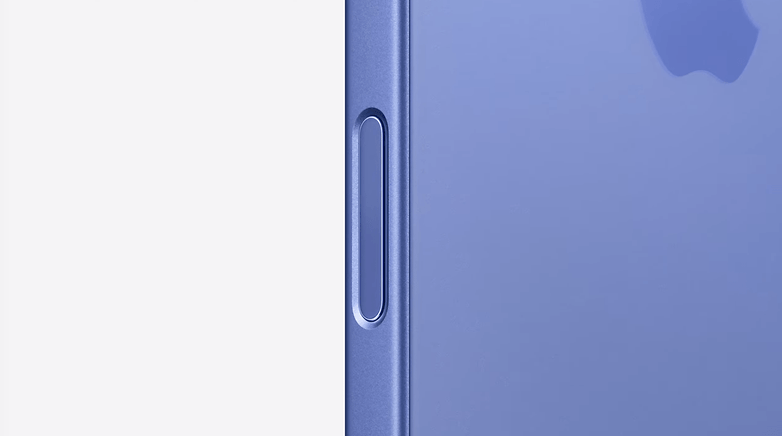
The Pro models, meanwhile, keep increasing their gap in relation to the base models. For 2024, not only Apple is bringing titanium, but the Pro models have bigger displays at 6.3 and 6.9 inches (up from 6.1” and 6.7”).
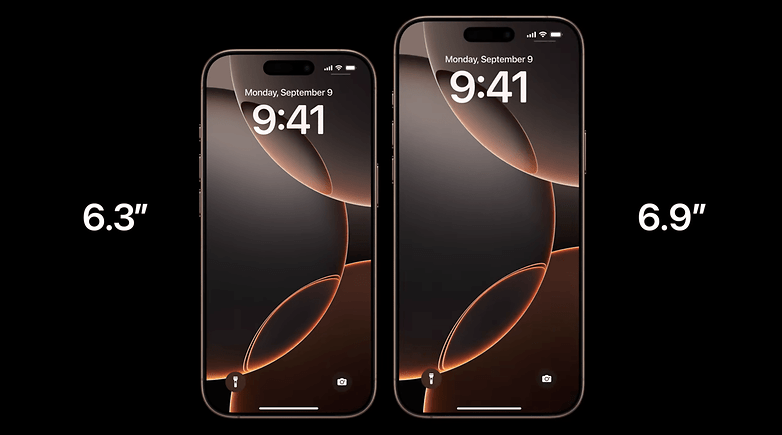
With bigger displays, the iPhone 16 Pro and Pro Max also feature slightly higher resolutions while keeping the same 460 DPI pixel density. The Pros are the only ones to feature a 120 Hz refresh rate (ProMotion, in Apple parlance), while the basic models remain at 60 Hz.
Finally, confirming rumors, the Pro models are now available in brown, alongside black, white, and titanium.
Apple A18: More performance and AI
After equipping the iPhone 15 with the same CPU used on the iPhone 14, Apple took the iPhone 16 two CPU generations higher adopting the Apple A18 chip, the six-core layout (2 performance and 4 efficiency cores) is made on TSMC’s second-generation 3nm process, which can offer the same performance while using 30% less power.
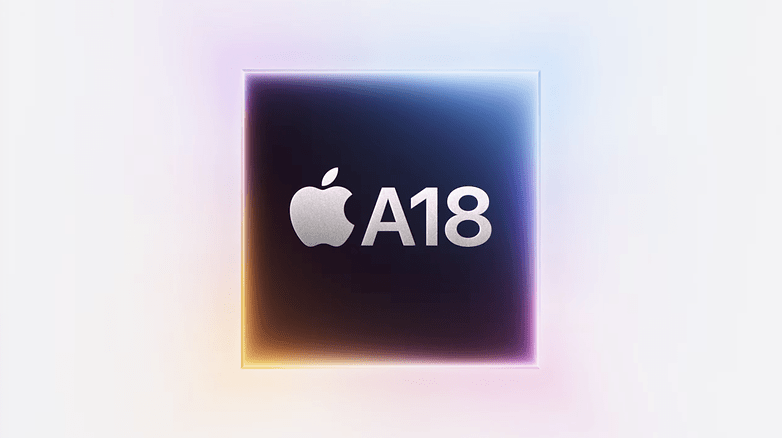
Apple promises 30% faster performance than the A16 used on the iPhone 14 and base 15 models, with 17% higher memory bandwidth. And for games, A18 should offer better performance stability thanks to an improved heat dissipation design. And the updated 5-core GPU now supports hardware ray-tracing on the base models, adding compatibility with the latest AAA launches from Capcom and Ubisoft.
For the Pro models, Apple is bringing the A18 Pro SoC, with a similar 2+4 layout for performance and efficiency cores. A18 Pro can reach 15% higher performance than the A17 Pro chip found in the iPhone 15 Pros, or 20% less power consumption at the same performance levels.
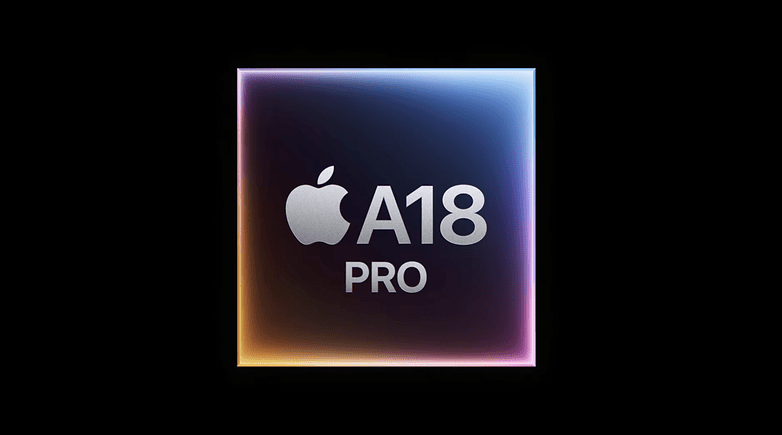
Other improvements on the A18 Pro compared to the A17 Pro include 15% faster AI processing and 20% higher GPU performance, with up to 2x improvement to ray-tracing rendering.
Cameras upgrades for the iPhone 16
In the camera department, besides the new Camera Control button that can be used to dual-stage focus and quickly change settings in the Camera app, Apple is upgrading the base models with a more capable ultra-wide camera, now with an improved aperture (f/2.2) and autofocus.
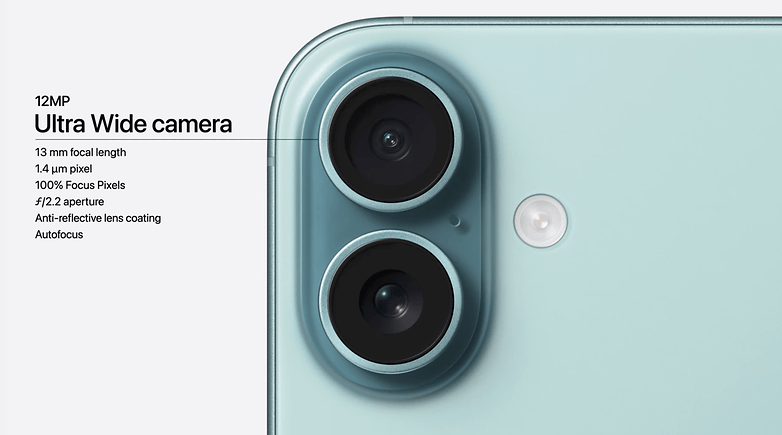
The new parallel arrangement allows the cheaper iPhone 16 models to include “Spatial Capture” for immersive photos and videos for viewing on the Apple Vision Pro. And the camera can focus at a closer range, enabling macro photography.
The Pro models also got ultra-wide upgrades, with the 12MP sensor replaced by a higher resolution 48-megapixel sensor. The smaller Pro, meanwhile, now joins the Max at the telephoto camera, with the same 5x zoom reach with a tetraprism design.
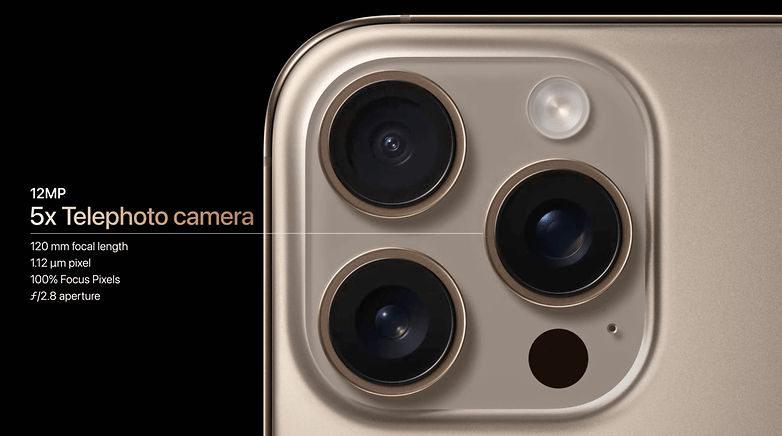
And thanks to faster memory, more processing power, and an upgraded media encoder, the iPhone Pro duo can now record 4K120 videos (with all the usual HDR and codec goodies), for super smooth slow-motion recordings.
Not mentioned in the broadcast, the selfie cameras kept their overall specifications, with 12 MP, f/1.9 aperture, and autofocus in the same Dynamic Island.
More AI with iOS 18
Packed with the iPhone 16 models is the latest version of Apple’s mobile operating system. iOS 18 brings more customization features, redesigned apps, and better privacy controls. But who are we kidding? The star of the show is AI, or, in the company’s words: “Apple Intelligence”.
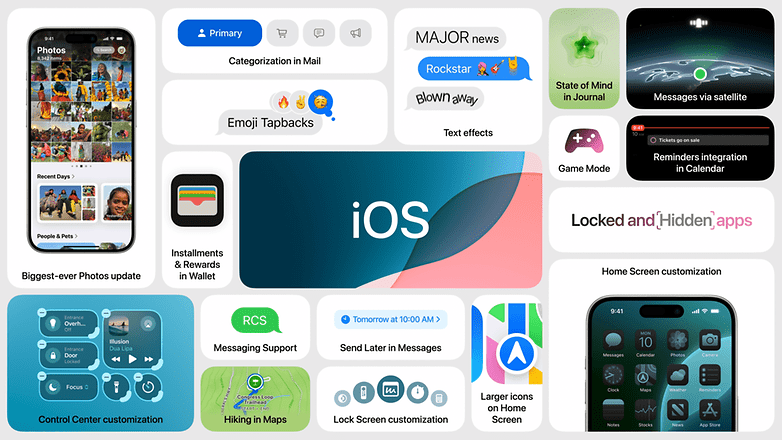
iOS 18 promises a variety of artificial intelligence features, thanks to the beefed-up Neural Engine. with summaries for voice calls, messages, image editing and generation, and a new generation Siri. With a slew of new tools, some of the AI features are scheduled to arrive at later versions throughout the end of the year.
Siri is better equipped to understand natural language, with better awareness of context and your data (messages, photos, appointments, and more). As usual, the features will be initially available in English-speaking countries, with a US rollout planed for October, other English-countries in December, and other languages throughout 2025.
Qi2 and MagSafe charging
The new iPhones include bigger batteries but in typical Apple fashion, their capacities were not disclosed. For the iPhone 16 Pro duo, Apple is promising the “best iPhone battery life ever”. As reference, Apple mentions up to 33 hours of video playback on the iPhone 16 Pro Max, 27 on the Pro, 27 on the 16 Plus, and 22 on the base iPhone 16. (versus 29, 23, 26, and 20 hours on the equivalent 15-gen models).
Similar to the battery capacity, Apple didn’t disclose maximum charging speeds for its 2024 phones, but highlighted that MagSafe charging can reach 25 W using a 30 W power adapter. The iPhone 16 models are obviously also compatible with Qi2 and Qi chargers, topping at 15 and 7.5 W, respectively.
One more thing, the USB-C port on the basic duo still only supports USB 2 transfers at up to 480 Mbps.
Price and availability
| iPhone 16 Pro Max | iPhone 16 Pro | iPhone 16 Plus | iPhone 16 | |
|---|---|---|---|---|
| 1 TB | $1599 | $1499 | ❌ | ❌ |
| 512 GB | $1399 | $1299 | $1199 | $1099 |
| 256 GB | $1199 | $1099 | $999 | $899 |
| 128 GB | ❌ | $999 | $899 | $799 |
| Colors | Black White Brown Titanium |
Black White Brown Titanium |
Black White Blue Green Pink |
Black White Blue Green Pink |
The new iPhone models will be available for preorder starting Friday 13th (spooky!). And shipments are scheduled for September 20th.
As usual, phone carriers should launch their bundles and contract discounts on the same day, alongside trade-in and financing programs, so keep an eye on how to pre-order and save while getting a new iPhone.
Conclusion
The new iPhones keep the same iterative upgrades we got used to in the past few years, not only from Apple but also from its mainstream competitors.
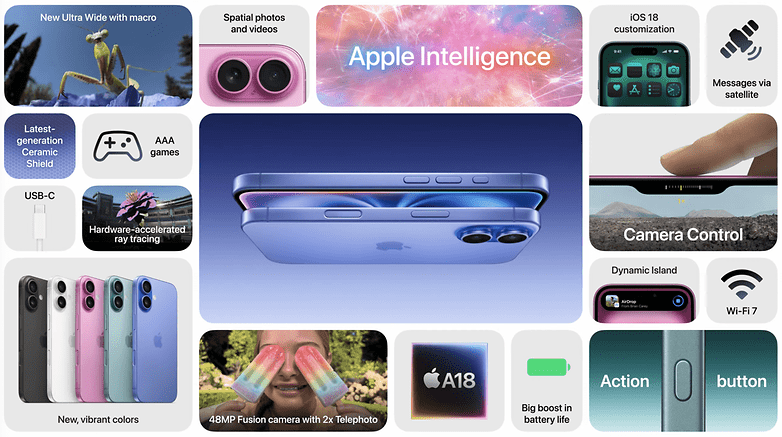
The new Camera Control promises an interesting new interface option for customization and interaction, and not only for the Camera app but also for using the new AI features to quickly interact with the environment.
For Pro buyers, the expanded display will offer a slightly better viewing area, while at the same time differentiating once again from the non-Pro people. If that is not enough, the new back design on the base model and the less muted colors should distinguish both markets rather quickly.
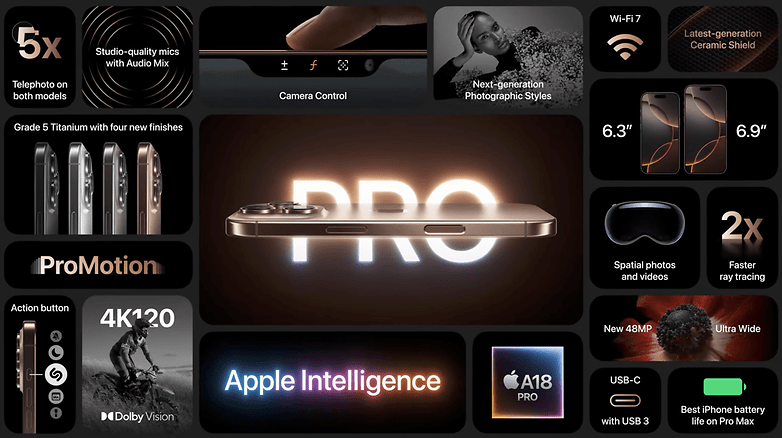
More importantly, the iPhone 16 Pros once again widened their multimedia capabilities, with increasing capabilities for audio and video capture. In theory, that should make the iPhone lineup even stronger amongst creatives, while still promising the best mobile gaming experiences.
We cannot wait to test the new devices and tell you all about what they bring to the table. In the meantime, share in the comments what was the best upgrade for 2024 in your opinion, and be sure to sign for our newsletter and browser notifications.

